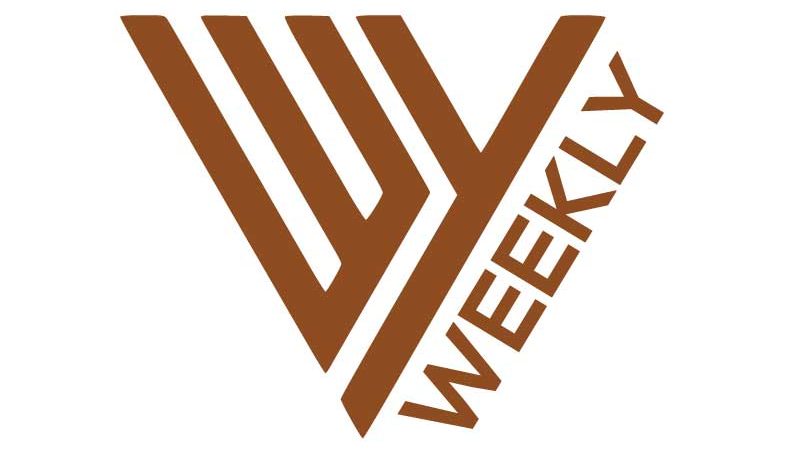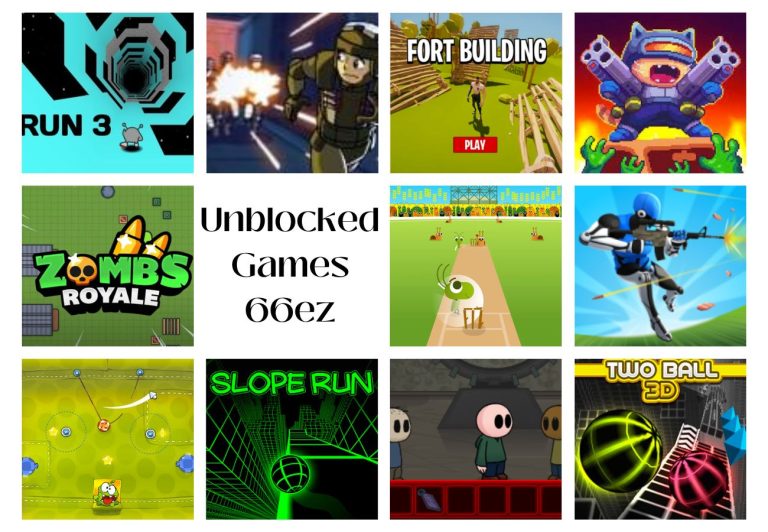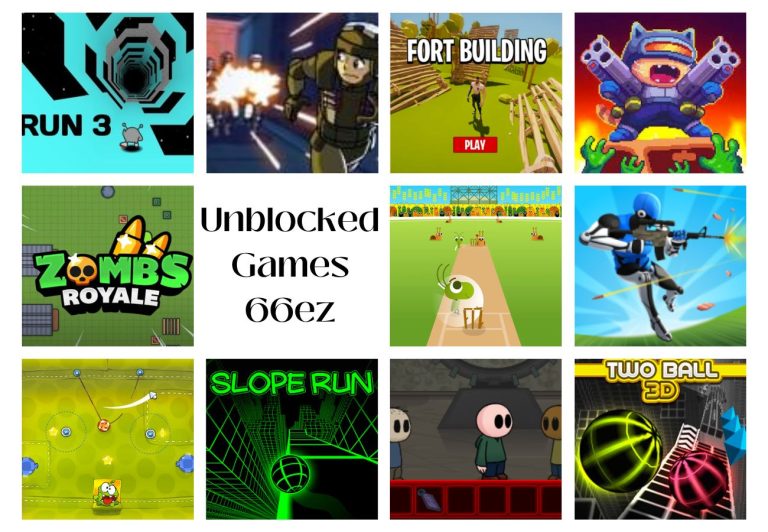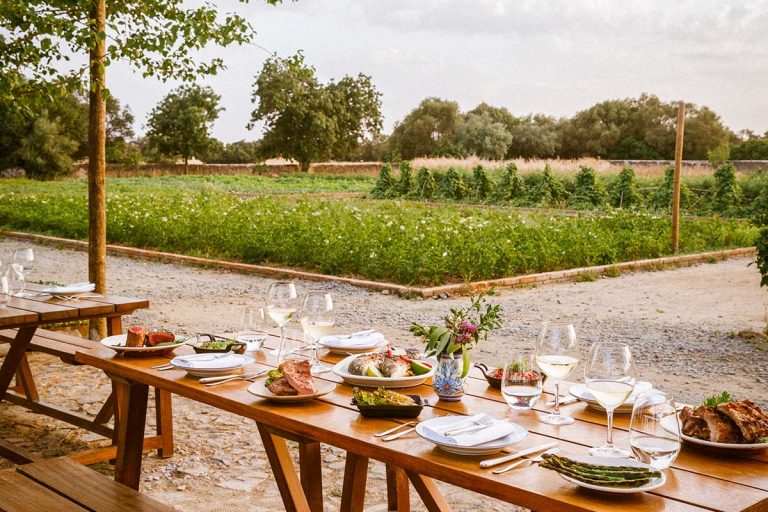WHAT SHOULD BE THE GOAL OF CUSTOM RETAIL BOXES DESIGN
I. Introduction
A. Definition of Custom Retail Boxes
Custom retail boxes refer to uniquely designed packaging tailored to a brand’s specific requirements. These boxes go beyond the standard packaging, offering a customized appearance that resonates with the brand’s identity.
B. Importance of Packaging in Marketing
Packaging is often the first point of interaction between a product and a potential customer. It plays a crucial role in shaping consumer perception, influencing purchasing decisions, and creating a lasting brand image.
II. The Purpose of Custom Retail Box Design
A. Enhancing Brand Identity
Custom retail boxes serve as brand ambassadors on store shelves. The design should align with the brand’s values, mission, and overall identity to create a cohesive and memorable image.
B. Attracting Target Audience
Understanding the target audience is essential in designing packaging that appeals to their preferences and expectations. From color choices to imagery, the packaging should resonate with the demographic the brand aims to reach.
C. Communicating Product Information
Beyond aesthetics, custom retail boxes must effectively convey essential product information. This includes features, benefits, usage instructions, and any other details that aid the consumer in making an informed purchase.
III. Key Elements of Effective Custom Retail Box Design
A. Color Psychology
The choice of colors in packaging design can evoke specific emotions and perceptions. Understanding color psychology helps in creating packaging that elicits the desired consumer response.
B. Typography and Branding
Clear and consistent typography is crucial for conveying brand messages. Incorporating logos, taglines, and other branding elements ensures that the packaging communicates the brand’s story coherently.
C. Imagery and Graphics
Eye-catching visuals can significantly impact consumer interest. High-quality images and graphics should align with the brand’s theme and product characteristics.
IV. Designing for Functionality
A. Packaging Durability
Apart from aesthetics, the durability of custom retail boxes is paramount. Ensuring that the packaging protects the product during transportation and handling contributes to a positive customer experience.
B. User-Friendly Features
Easy-to-open, resealable, or interactive packaging can enhance the overall user experience. Designing with user convenience in mind contributes to customer satisfaction.
C. Eco-Friendly Options
The global shift towards sustainability necessitates eco-friendly packaging choices. Brands should explore and incorporate environmentally responsible materials and practices in their custom retail box design.
V. Trends in Custom Retail Box Design
A. Minimalistic Designs
Simplicity is gaining prominence in packaging design. Minimalistic custom retail boxes often stand out on shelves, conveying a sense of elegance and modernity.
B. Sustainable Packaging
Consumers are increasingly eco-conscious, making sustainable packaging a growing trend. Brands adopting environmentally friendly materials and processes are positively perceived by environmentally aware consumers.
C. Interactive Packaging
Incorporating interactive elements, such as QR codes, augmented reality, or engaging opening experiences, can create memorable moments for consumers, fostering brand loyalty.
VI. The Impact on Consumer Perception
A. Brand Trust and Credibility
Consistent and aesthetically pleasing custom retail boxes build trust in the brand. When consumers can easily recognize and trust a product based on its packaging, brand loyalty is likely to follow.
B. Unboxing Experience
The moment of unboxing is an opportunity to create a lasting impression. Thoughtfully designed custom retail boxes enhance the unboxing experience, contributing to positive reviews and social media shares.
C. Emotional Connection
Well-designed packaging has the power to evoke emotions. Creating an emotional connection through packaging can lead to a more profound brand-consumer relationship.
VII. Custom Retail Box Design Best Practices
A. Understanding Target Audience
Regularly researching and understanding the evolving preferences of the target audience ensures that custom retail box designs remain relevant and appealing.
B. Consistency Across Product Line
Maintaining a consistent design theme across various products helps in establishing a recognizable brand image. Consistency contributes to brand recall and loyalty.
C. Adaptability to Market Trends
Staying abreast of market trends allows brands to adapt their custom retail box designs to changing consumer expectations and preferences.
VIII. Measuring Success: Metrics for Evaluation
A. Sales Growth
An increase in sales following a packaging redesign is a tangible metric indicating the success of custom retail box design.
B. Customer Feedback
Monitoring customer feedback provides valuable insights into how the packaging is perceived and whether it aligns with consumer expectations.
C. Social Media Engagement
The extent of social media shares, likes, and comments related to the packaging can be indicative of its impact on the audience.
IX. Case Studies: Successful Custom Retail Box Designs
A. Apple’s Iconic Packaging
Apple’s minimalist and sleek packaging design has become synonymous with the brand’s commitment to quality and innovation.
B. Glossier’s Minimalistic Approach
Glossier’s use of minimalistic custom retail boxes aligns with its clean and modern brand image, appealing to its predominantly younger demographic.
C. Coca-Cola’s Seasonal Packaging
Coca-Cola’s creative seasonal packaging designs capitalize on festive themes, enhancing the brand’s market presence during specific times of the year.
X. Common Mistakes to Avoid in Custom Retail Box Design
A. Overcomplicated Designs
Overcomplicating the design with too many elements can confuse consumers and dilute the brand message.
B. Ignoring Sustainability
Neglecting eco-friendly practices can alienate environmentally conscious consumers, leading to a negative brand image.
C. Inconsistent Branding
Inconsistency in design across different products can hinder brand recognition and weaken the overall brand image.
XI. Future of Custom Retail Box Design
A. Technological Integration
The integration of technology, such as augmented reality or QR codes, into custom retail box design is likely to increase, offering consumers interactive and immersive experiences.
B. Personalization Trends
Advancements in printing technology will enable more personalized and unique custom retail box designs tailored to individual consumers or specific occasions.
C. Environmental Responsibility
The future will witness an even greater emphasis on sustainable packaging solutions as consumers increasingly prioritize environmentally friendly products.
XII. DIY Tips for Small Businesses
A. Budget-Friendly Design Tools
Small businesses can utilize affordable design tools to create professional-looking custom retail boxes without breaking the bank.
B. Importance of Prototyping
Creating prototypes allows businesses to visualize and test their custom retail box designs before committing to large-scale production.
C. Collaborating with Design Professionals
For more complex designs, seeking the expertise of design professionals ensures a polished and effective custom retail box.
XIII. Conclusion
A. Recap of Key Points
Custom retail box design goes beyond aesthetics; it is a strategic tool for brand communication, consumer engagement, and market success.
B. Emphasizing the Vital Role of Custom Retail Box Design
In a crowded marketplace, where first impressions matter, investing in effective custom retail box design is crucial for brand differentiation and consumer loyalty.

Greetings! I’m thrilled to introduce myself as a dedicated blogger with a fervent passion for crafting meticulously researched and insightful blogs. My mission is to provide you, the readers, with a treasure trove of valuable information. Join me in this exciting adventure of discovery – Thanks






